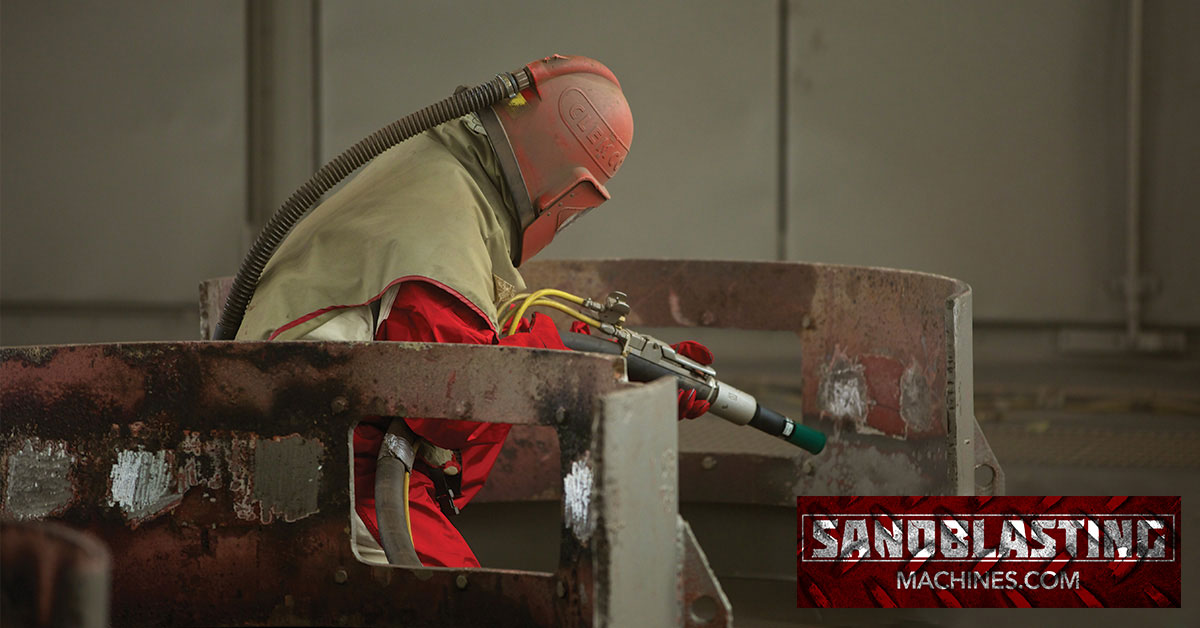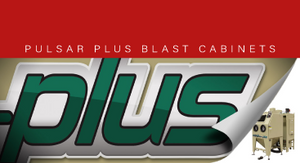Electric vs. Pneumatic Remote Controls for Sandblasting
By on Jun 13th 2019
A remote control system is an OSHA-required safety device. The control handle, often referred to as a dead man switch, is the trigger for the RC system. When the operator releases the RC handle, the machine deactivates, stopping air and abrasive flow through the nozzle. The remote control system “fails to safe,” which means that with any interruption in the air circuit, such as releasing the dead man, the remote controls deactivate the blast machine.

Pneumatic Remote Controls
The Clemco TLR Remote Controls operate pneumatically. If the operator is not squeezing the dead man handle, one stream of air travels down the outbound side of the twinline and escapes through an opening located under the lever. The normally closed inlet valve remains closed, and the normally open outlet valve remains open.
When the dead man handle lever is pressed, the opening is sealed, and air in the outbound line returns through the inbound line to open the inlet valve and close the outlet valve. This action pressurizes the blast machine and begins the blasting process. Releasing the handle puts the machine in exhaust mode, which closes the inlet valve, and opens the outlet valve to depressurize the blast machine and stop the blasting.
Pneumatic remote controls work best in blasting operations with blast hose lengths less than 100 ft.
Electric Remote Controls
Electric remote controls are required when the nozzle is more than 100 feet from the blast machine. Distances 100 feet or greater allow for too much of a delay when using a pneumatically-operated remote system due to the amount of time it takes for the air signal to reach the inlet valve and outlet valves. Instead, an electric cord is used in place of the twinline hose to send the signal.
Electric remote controls send an electric signal back to a control panel at the blast pot. The control panel then sends a signal of air to the inlet and outlet valves telling them to open or close. The fact that the control panel is mounted on the blast pot takes away any delay in sending the signal. Electric remote controls are also used in cold environments since pneumatic systems may freeze due to the condensation that builds up within the lines. To prevent damp air from freezing, an antifreeze injector is installed on all electric control panels.
Many manufacturers recommend that you switch to electric remote controls when your blast hose distance reaches 100 feet or greater. OSHA requires you switch to electric remotes when you reach 200 feet.






